Go Beyond Code: Command-Line Tool Mastery - Efficient CLI Tool Development
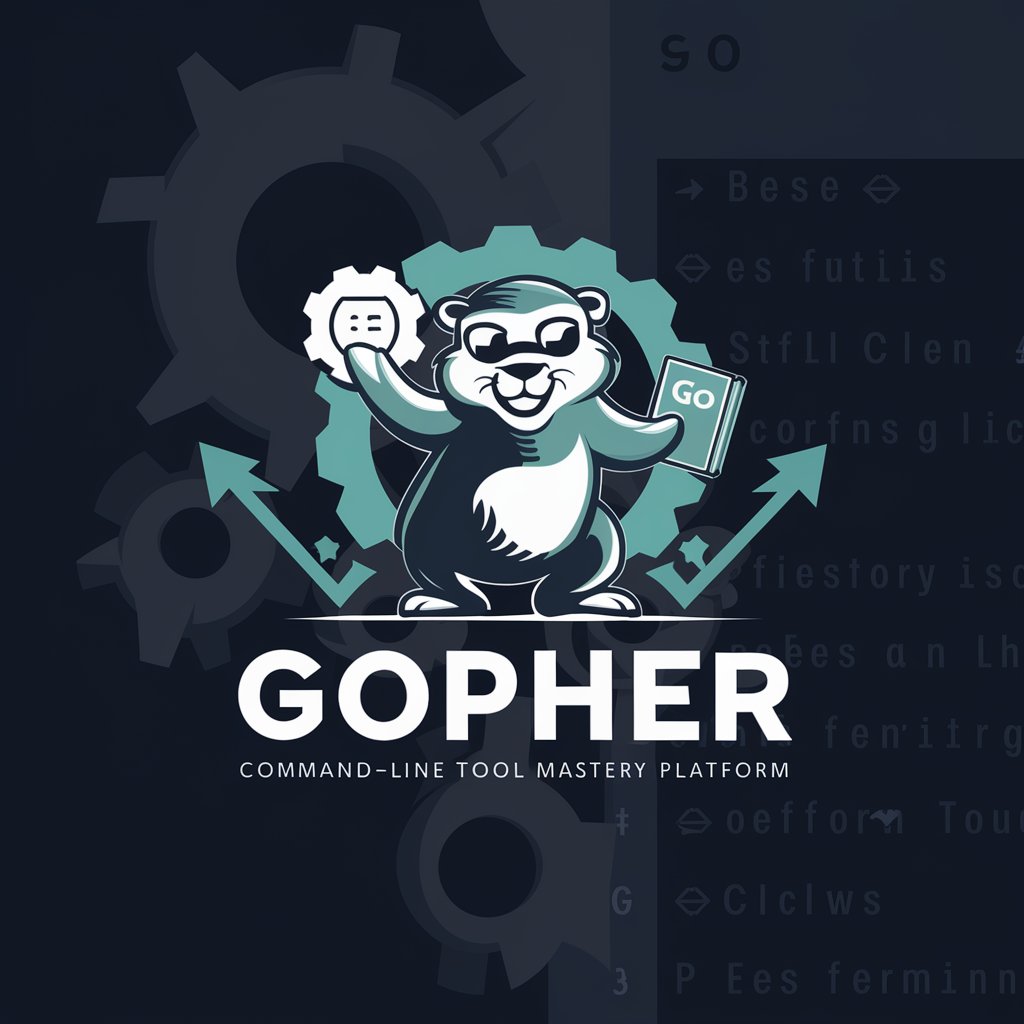
Welcome to Go Beyond Code: Mastery in Go and CLI tools.
Empower CLI projects with AI-powered Go efficiency.
Create a user-friendly CLI tool in Go that...
How can I optimize performance in my Go command-line application for...
What are best practices for error handling in a Go-based CLI tool that...
Guide me through setting up a CI/CD pipeline for a Go command-line project that...
Get Embed Code
Go Beyond Code: Command-Line Tool Mastery
Go Beyond Code: Command-Line Tool Mastery is designed to empower developers and system administrators to create efficient, maintainable, and scalable command-line tools using the Go programming language. It emphasizes leveraging Go's strengths, such as its simplicity, efficiency, built-in concurrency support, and robust standard library, to develop command-line interfaces (CLIs) that are both powerful and user-friendly. The design purpose revolves around guiding users through the best practices in Go programming, from managing dependencies and writing idiomatic code to optimizing for performance. An example scenario illustrating its use is the development of a CLI tool for log file analysis. This tool could utilize Go's concurrency to efficiently process large log files, provide real-time feedback to the user, and support various output formats for easy integration with other tools or systems. Powered by ChatGPT-4o。

Core Functions and Use Cases
Concurrency Model Utilization
Example
A tool that performs network health checks on multiple servers simultaneously, leveraging Go's goroutines and channels to handle concurrent requests efficiently.
Scenario
System administrators can use this function to quickly diagnose network issues across a distributed infrastructure, saving time and reducing downtime.
Efficient Dependency Management
Example
A versioning tool that manages project dependencies, using Go Modules for reliable and reproducible builds.
Scenario
Developers working on large-scale Go projects can utilize this feature to ensure that all team members and the CI/CD pipeline are using the exact versions of dependencies, preventing 'it works on my machine' problems.
User-Friendly CLI Design
Example
A CLI tool that offers comprehensive help messages, command auto-completion, and argument validation to improve user experience.
Scenario
This functionality benefits both novice and experienced users by making the tool more accessible and reducing the learning curve, enhancing productivity.
Target User Groups
Software Developers
Developers who seek to build or integrate command-line tools into their applications will find Go Beyond Code invaluable. It offers insights into creating efficient, maintainable code that leverages Go's concurrency and standard library to its full potential.
System Administrators
Sysadmins who require custom tools for automating routine tasks, such as log file analysis or network monitoring, will benefit from the efficient concurrency model and the ability to create high-performance tools that can handle heavy loads.

How to Use Go Beyond Code: Command-Line Tool Mastery
Start without hassle
Visit yeschat.ai for a free trial without login, and there's no need for ChatGPT Plus.
Familiarize with Go
Ensure you have a basic understanding of the Go programming language, including its syntax and command-line environment.
Explore the tool's features
Review the documentation provided to understand the tool's capabilities, common use cases, and how it leverages Go's concurrency and efficiency.
Experiment with examples
Use the sample projects and code snippets provided to get hands-on experience with building command-line applications in Go.
Apply to your projects
Start incorporating the tool into your own projects, using its features to optimize performance, maintainability, and scalability of your command-line tools.
Try other advanced and practical GPTs
DIY Helper
Empowering Your DIY Projects with AI
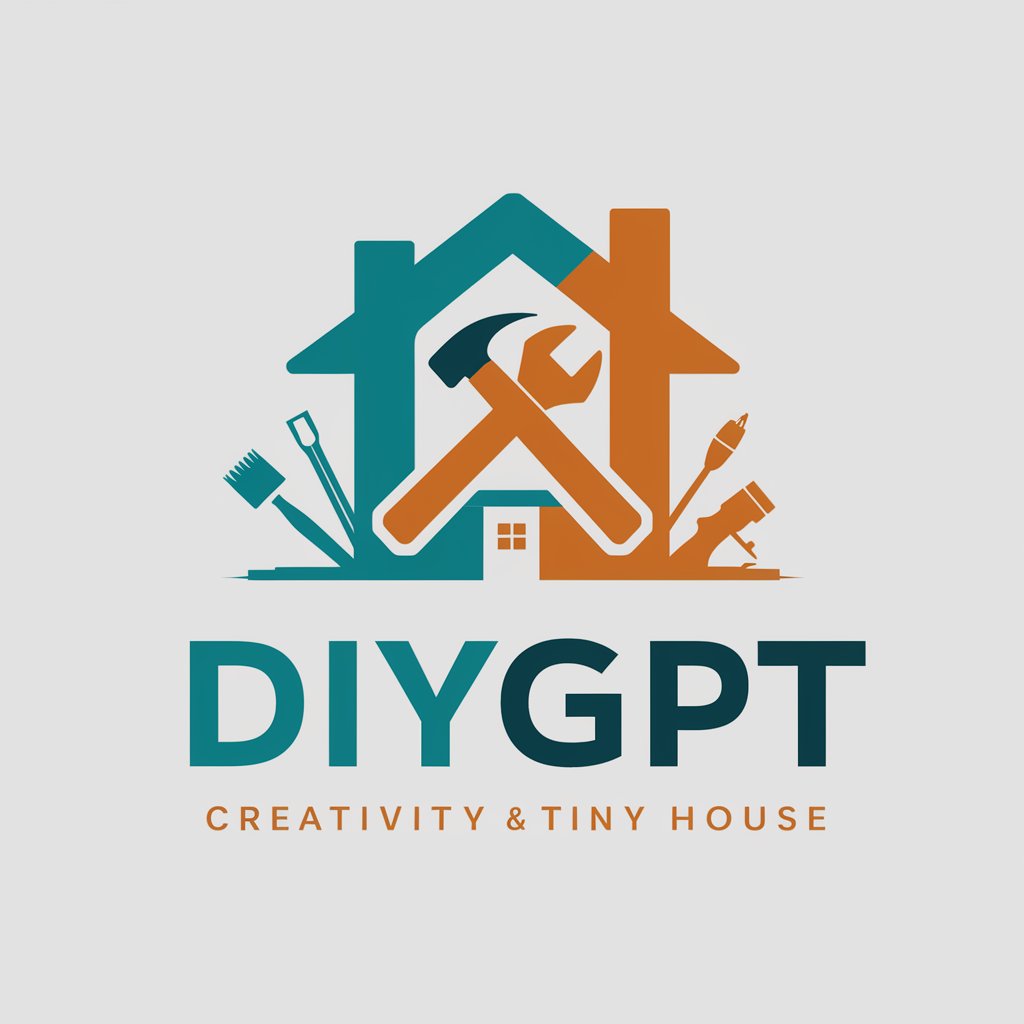
DIY GUY®
Empowering Your DIY Spirit with AI

Python Power: Unleash Time Series Analysis Magic
Empower Your Data with AI-Driven Time Series Analysis
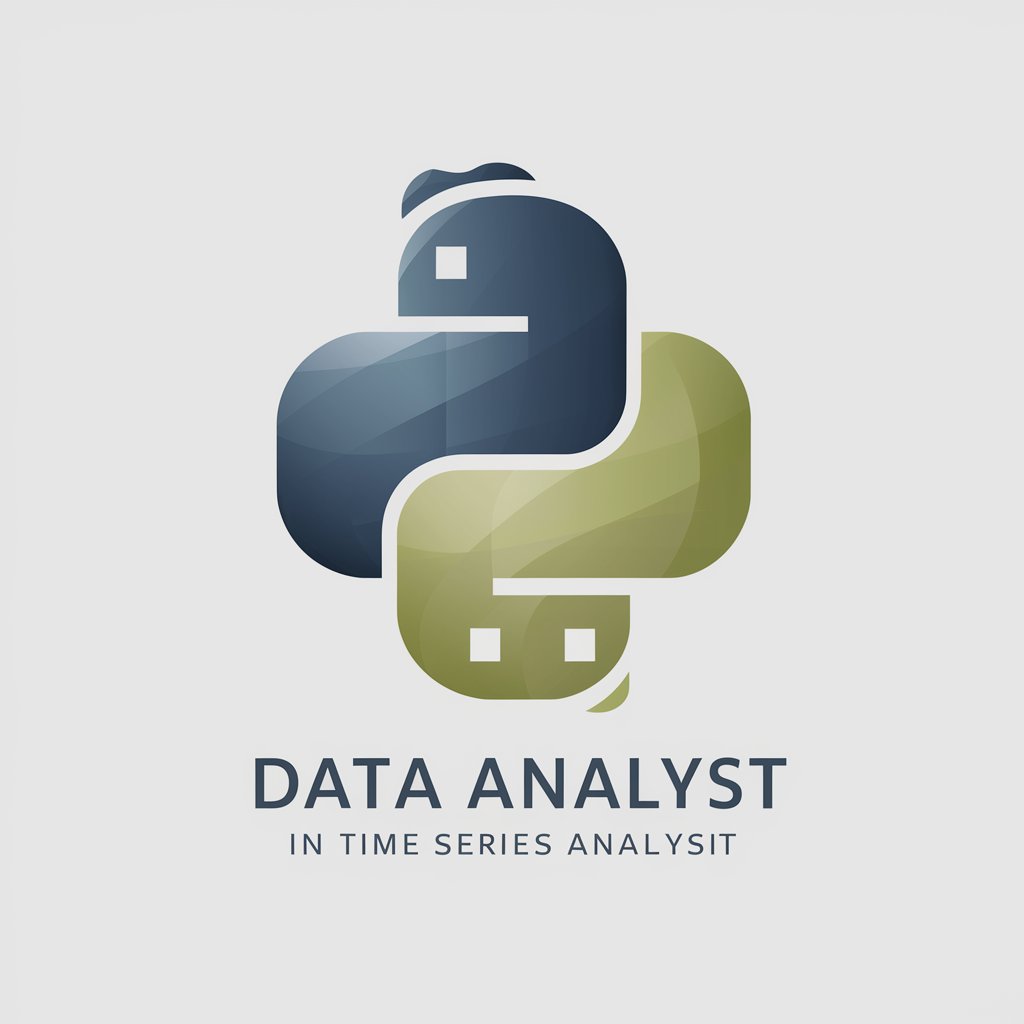
👩💻 Unlock Lisp's CONS Cells
Mastering Lisp Data Structures with AI
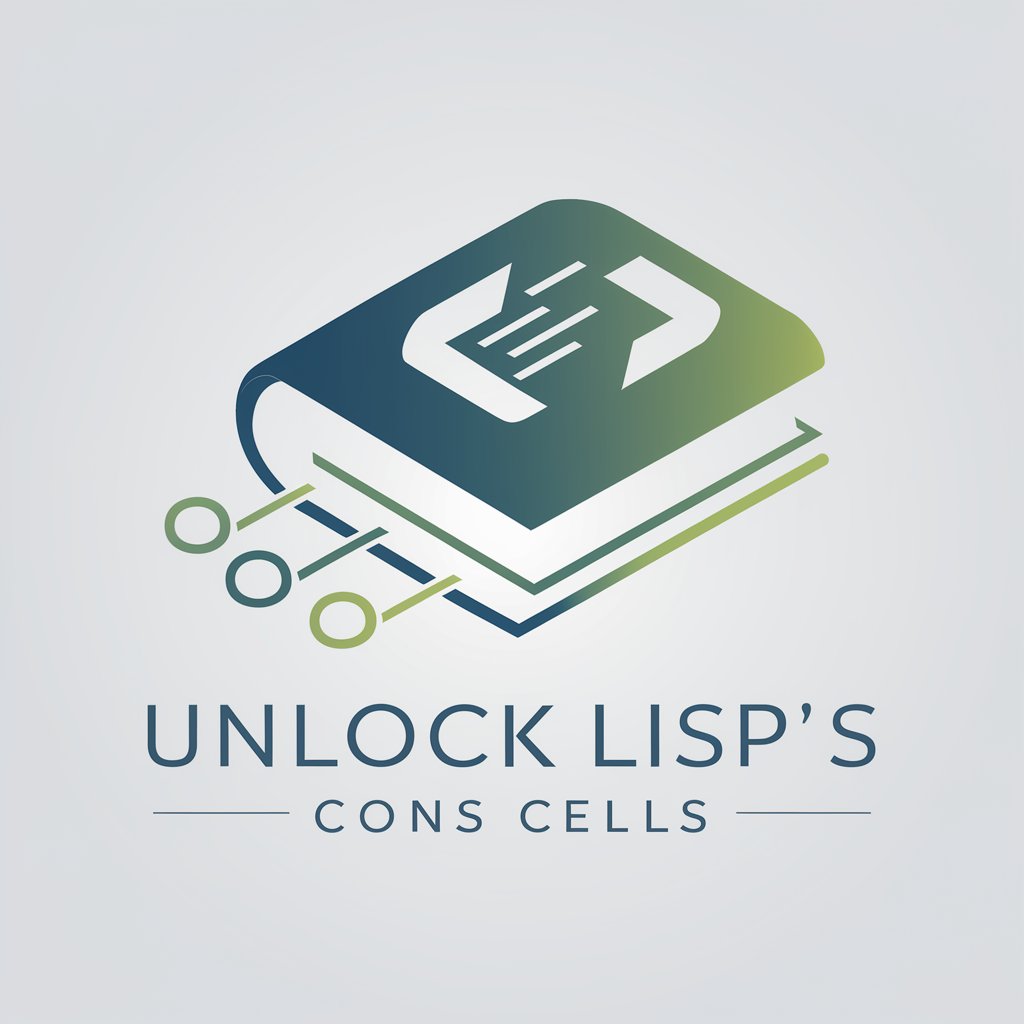
📘 Learning Coq Tactics
Master Coq Tactics with AI-Powered Guidance
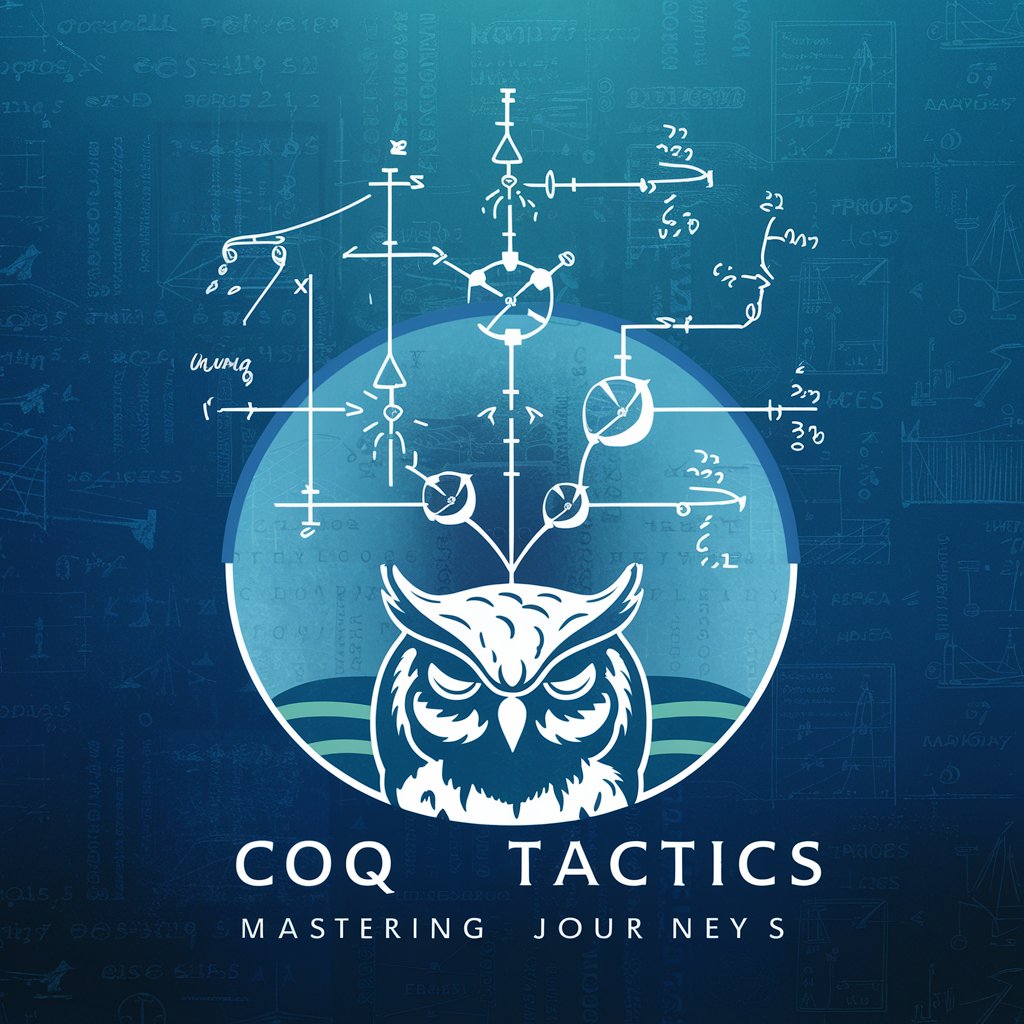
Career Coach MindHacker.AI
Empowering Your Professional Journey with AI

Elderly Wellness Assistant GPT
Empowering elder care with AI
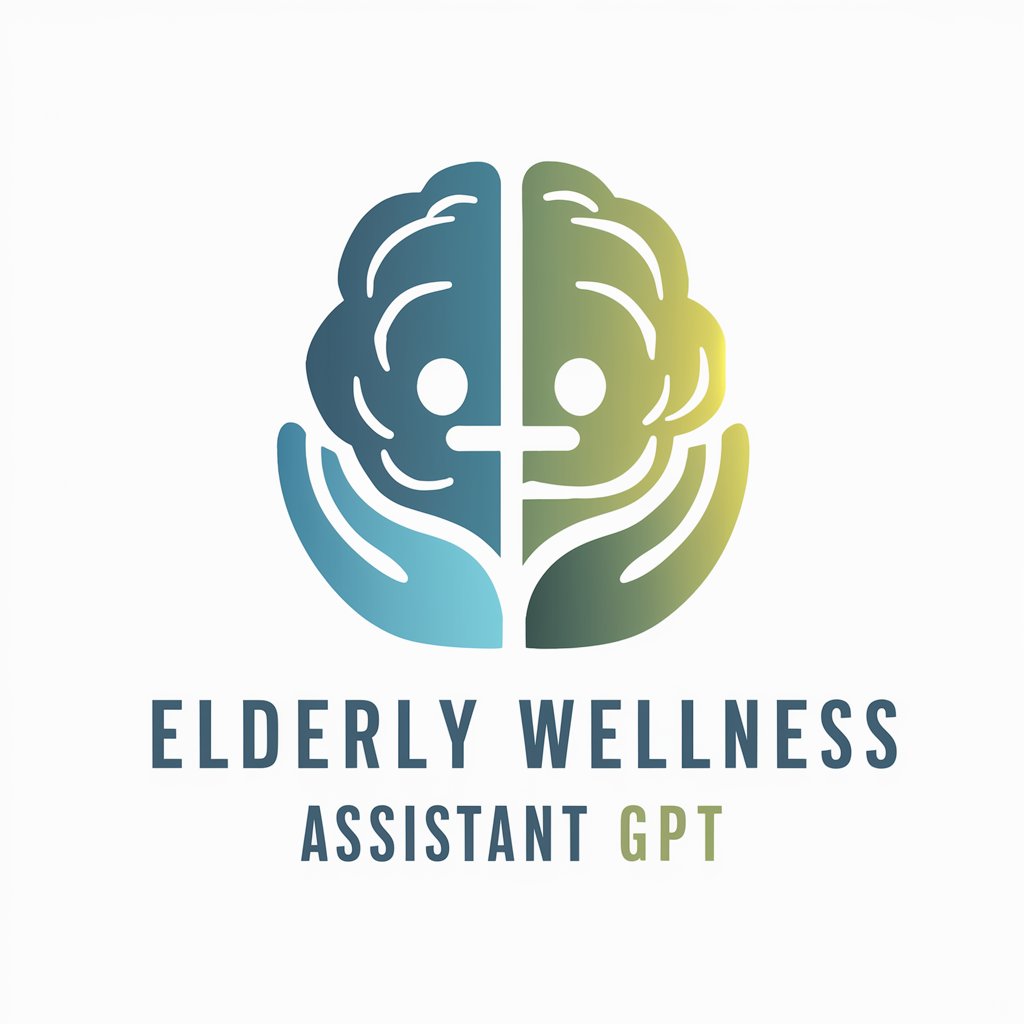
Decision Guide - Business and Personal Assistant
Empowering Choices with AI Wisdom

Channel Assistant
Empowering Creativity with AI

College Application Guide
Empowering Your College Application Journey with AI

Image Converter and Resizer
AI-powered image conversion and resizing

GetGenie
Your AI-powered content and SEO assistant.
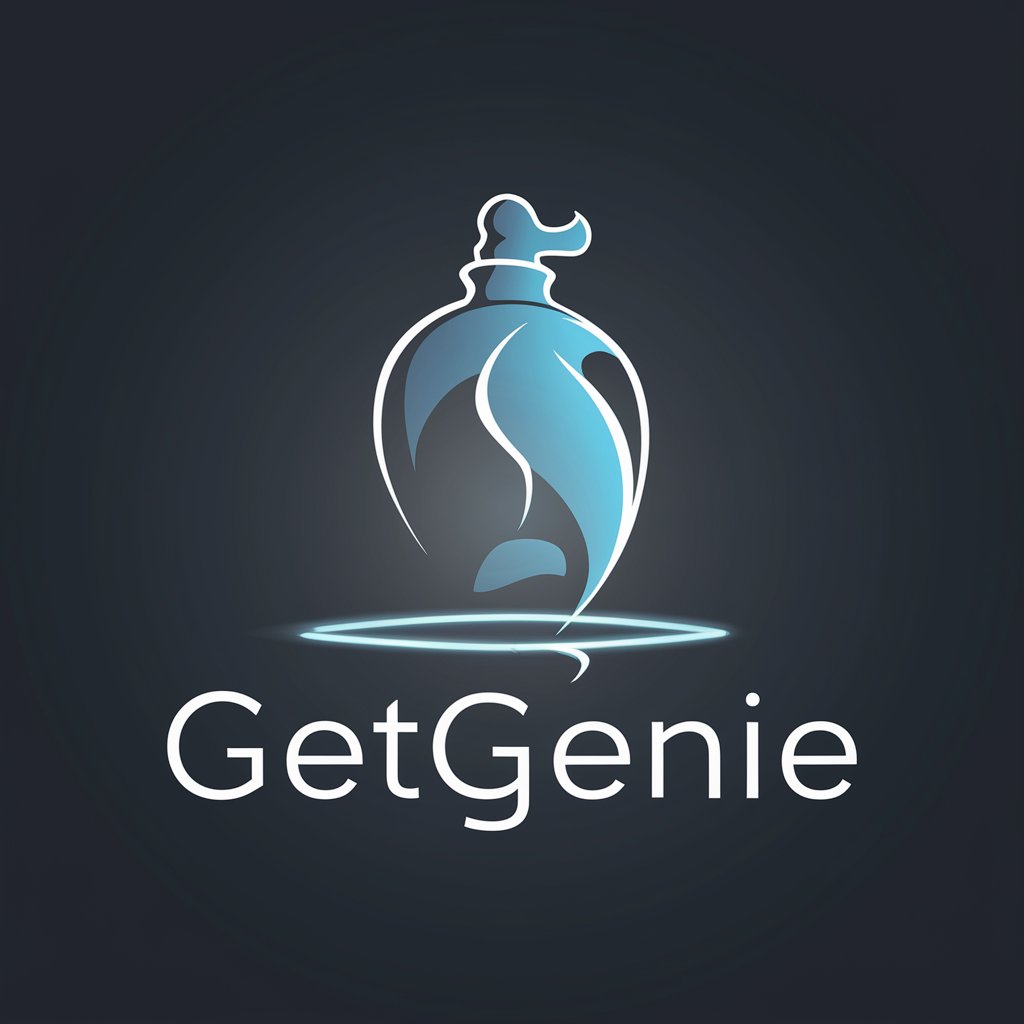
FAQs on Go Beyond Code: Command-Line Tool Mastery
What makes Go Beyond Code unique in developing CLI tools?
Go Beyond Code specializes in leveraging Go's efficiency and concurrency model to develop scalable, maintainable command-line tools with a focus on user-friendly interfaces and performance optimization.
Can I use this tool with no prior experience in Go?
While a basic understanding of Go is recommended, Go Beyond Code provides extensive documentation and examples to help beginners get started with developing command-line tools in Go.
How does Go Beyond Code ensure the maintainability of CLI tools?
It adheres to Go's best practices, including proper error handling, dependency management, and code documentation, making it easier to maintain and scale your applications.
Is Go Beyond Code suitable for large-scale projects?
Yes, it's designed with scalability in mind, utilizing Go's concurrency features and efficient code structure to support large-scale and high-performance applications.
How does Go Beyond Code incorporate user feedback?
It actively seeks community feedback and integrates suggestions into updates and new features, ensuring the tool evolves to meet users' needs.
